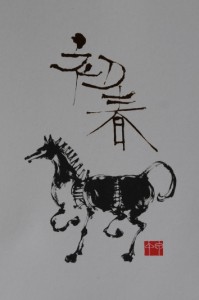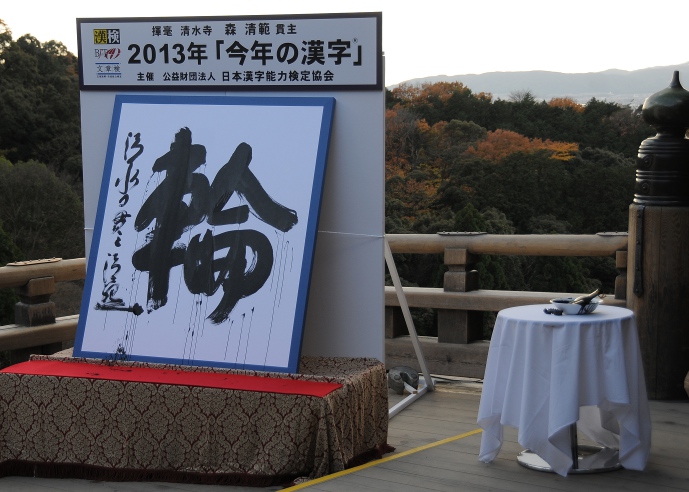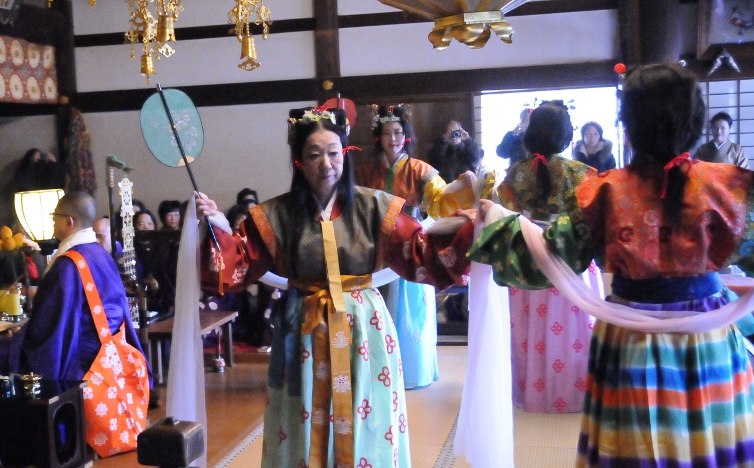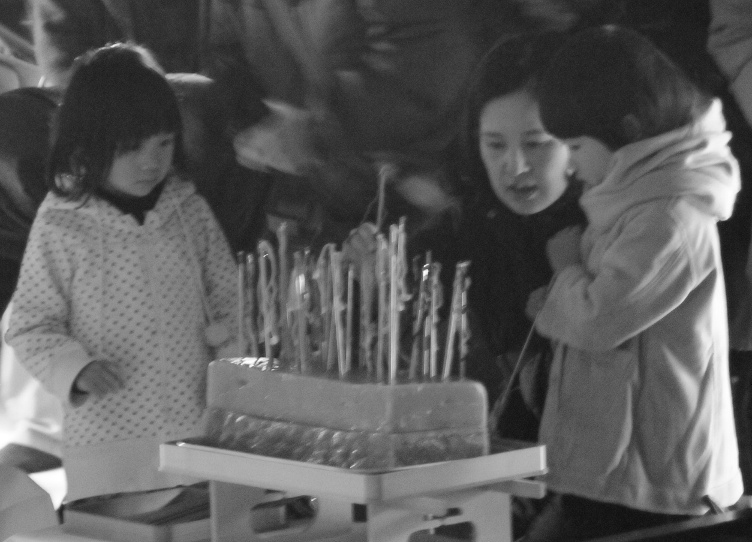 My Jeans are falling apart. I know that holes in jeans are not necessarily a sign that you should toss them – at least at some point when I was younger it wasn’t – but this hole is at a rather indecent spot for a grown-up woman… Besides it’s winter and it’s cold and the last thing I need right now is extra cooling.
My Jeans are falling apart. I know that holes in jeans are not necessarily a sign that you should toss them – at least at some point when I was younger it wasn’t – but this hole is at a rather indecent spot for a grown-up woman… Besides it’s winter and it’s cold and the last thing I need right now is extra cooling.
Hence, off to town I went, shopping for new jeans. I chose Uniqlo, first because I like their stuff in general, second because they have clothing in great colors, and third because they are an international company (though based in Japan) and know about international sizing. Size is a problem for me when it comes to clothes shopping in Asia. In Europe, I can be considered of normal size, possibly a bit of the short persuasion, but in Asia, quite simply put, I am fat. Not American style grossly overweight, but still fat enough. The other problem is shape. Even when losing another 10 kilos, I would still have (excuse my French) tits and and an ass, which is something the usual Asian – especially the Japanese women – don’t seem to have. They all look like straight ionic columns, while I am distinctly an hourglass, which is quite a problem when shopping because all clothing, even if the size is right, fits above my breasts and below my hips, but not in between. And as I don’t cherish to look eternally pregnant… (okay, I am vain, so? A woman’s prerogative.)
Anyway, I went to Uniqlo because I am so happy with the last sweater I bought there which not only fits perfectly, but is only a size L and not the multiXL I expected. I went to the women’s department and took a look at their jeans – a whole wall full of jeans in various styles and sizes. And again, that’s where the problem started: styles. The vast majority of Japanese girls and women are blessed with something I have not: beautiful legs, long and skinny. And they all know that and enjoy showing them off. Usually that means wearing miniskirts and tights, but every now and then they wear trousers as well – which then fall into the categories “slim, tight, stretch, skinny…”. This doesn’t look good on my at all (vanity again) and besides, I’m not even sure my foot would fit through the opening at the bottom…
Well, this is something I could get over with by the simple observation that I’m buying jeans that I will wear only when running around with my camera and potentially getting dirty. But then I looked at the sizes, conveniently displayed on signs: 21 – 28 inches. That means 53.34 – 71.12 cm of waistline is all that Uniqlo allows a woman to have – in Japan at least – if she wants to wear their jeans. Okay. I have lost a tremendous amount of weight and several sizes when I was in Germany, but 71 cm of waist is something I had when I was a teenager, and the chances of my body reverting to that stage are slim, forgive the pun. I do realize that Uniqlo is geared towards a younger audience, and I do realize as well that I can’t expect them to carry American sizes in the middle of Japan, but I have to say I felt somewhat discouraged. And then I thought, oh what the duck, I’m a gaijin, and went upstairs where there were stacks and stacks of Uniqlo jeans with a great cut in my size. The difference? Men’s department…











